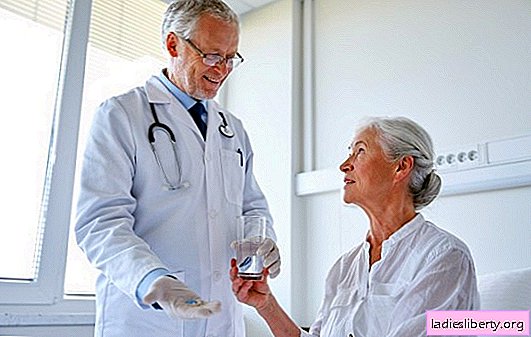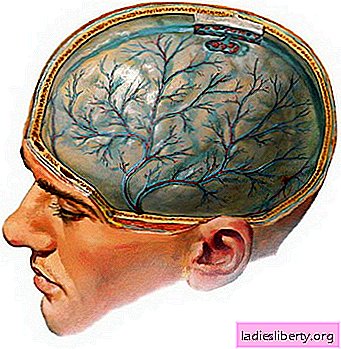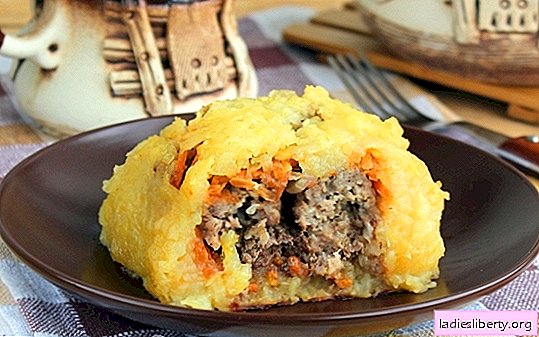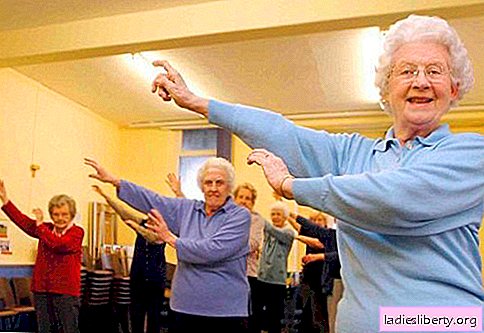
Cholelithiasis is the formation of calculi in the gallbladder. The classical method of treatment involves abdominal surgery with dissection of the abdominal cavity and the extraction of stones mechanically.
This is a traumatic, albeit reliable, treatment. It is not always possible to do without it. Nevertheless, today there are non-invasive and minimally invasive methods for treating gallstones without surgery. But in this case, there are many nuances that need to be taken into account. What you need to know about the non-surgical treatment of cholelithiasis?
Methods for treating gallstones
There are three main treatments for cholelithiasis.
The first and most radical is the operation, the essence of which is the dissection of the abdominal cavity with the subsequent removal of calculi. In recent years, laparoscopy, a minimally invasive operation when surgical instruments are introduced to the surgical treatment site through small incisions in the skin, has become a replacement for the classical abdominal surgery. Such an operation is characterized by a short rehabilitation period, although it requires great professionalism of a doctor. The most traumatic option for surgical treatment is cholecystectomy, which involves the removal of the gallbladder. This is an extreme measure required in exceptional cases.
The second involves taking medications to dissolve calculi. In some cases, contact administration of drugs directly into the cavity of the gallbladder is necessary.
The third is the destruction (crushing) of calculi using a laser or ultrasound.
Each of the methods has pros and cons, has its own characteristics. In some cases, a particular treatment technique may simply be ineffective. It is necessary to understand in more detail.
Drug dissolution of stones
In the vast majority of cases, this method is ineffective. Drug dissolution of calculi only works in the case of cholesterol stones, and not in every case. This is the most gentle treatment. Its essence lies in the oral administration of specialized drugs:
• Bile acid analogues. Allow with high speed to initiate the reaction of dissolution of stones in the gallbladder. These include: Urosan, Henofalk, Henokhol, etc. These drugs are available and do not have serious side effects, therefore, as a primary means they can be prescribed not only by a doctor.
• Drugs that stimulate gallbladder motility. Must be used with great care. Often, gallbladder problems are complex. So, dyskinesia of the body, stagnation of bile, all these problems can be aggravated when taking stimulants of contraction of the bladder. This group includes: Allohol, Holasas, Zixorin, Liobil.
Advantages of taking drugs:
• This is a gentle technique. No special preparation is required, there is no rehabilitation period.
• There is no risk to life.
• Drugs from these lists are available because they are low cost.
Cons of taking drugs:
• Although these groups of drugs do not have significant side effects, they seriously change the clinical picture when taking tests. Indicators of ALT, AST are growing, this complicates further diagnosis and may be falsely mistaken for liver problems. In exceptional cases, the development of an unstable stool, bitterness in the mouth is possible.
• The course of taking drugs is long. Treatment is required for at least six months. In exceptional cases, the course of therapy can reach three years or more. All this time, the drugs must be taken without stopping.
• In a large number of cases (over 70%), cholesterol gallbladder stones recur, which means that a new course of treatment will be required. A similar approach is fraught with an almost lifelong intake of drugs. No matter how safe they may be, a long course of treatment has not added health to anyone.
There are also certain contraindications to therapy with pharmaceuticals.
• The presence of pathologies of the gastrointestinal tract. First of all, gastritis, stomach ulcers, cholecystitis (especially dangerous), colitis, Crohn's disease.
• The presence of biliary dyskinesia. Taking medications that improve gallbladder motility pushes stones forward. This can result in occlusion (blockage) of the bile ducts, obstructive jaundice, and, as a result, rupture of a hollow organ.
• A history of kidney disease. It is assumed that the intake of these pharmaceuticals leads to increased stress on the kidneys. This is expressly stated in the instructions.
• Large stones. They lead to blockage of the biliary tract.
• The period of gestation.
To achieve a faster effect, the introduction of the described drugs is possible through the wall of the abdominal cavity directly into the gallbladder. This is a rather dangerous technique, requiring developed skills on the part of medical personnel. It has the same pros, cons and contraindications.
Crushing stones with laser and ultrasound
Treatment of stone in the gallbladder without surgery is possible in other ways.
Ultrasonic crushing
The technique is ideally suited for the destruction of calculi with a diameter of not more than 30 mm without calcification impurities. If a patient has more than four stones in the gall bladder, this technique is not applied.
Advantages of the method:
• Non-invasiveness. Unlike an operation that requires an incision, this technique does not involve invasiveness. Everything happens within 10-20 minutes using a sensor resembling an ultrasound diagnostic device.
• The speed of the procedure. All treatment, as already noted, lasts only about half an hour. If the stones are small, then much faster.
Cons of the method:
• Stones may travel along the bile ducts and, as a result, they will become clogged.
• The method does not take into account the nature of the stones. If calculi have spikes, it is extremely dangerous to carry out ultrasonic crushing: such stones can damage the walls of the gallbladder.
Contraindications:
• Diameter of bile stones over 3 centimeters.
• The presence in the history of diseases of the gastrointestinal tract. First of all, we are talking about pathologies of the liver and the gallbladder itself.
• Low blood coagulability, not adjusted by specialized drugs.
• The period of gestation.
In general, it is a safe and effective way to treat gallstones without surgery. But, as in any other case, an attentive attitude and a clear study of the nature of the process in a particular patient are important.
Laser Crushing
Minimally invasive technique. Through a puncture of the anterior abdominal wall, a specialized sensor is inserted into the abdominal cavity. Stones are destroyed by heat. After a while, fragments of calculi exit into the duodenum and then are evacuated from the body with feces.
Advantages of the method:
• Minimum invasiveness. No complicated operation is required.
• High efficiency.
• Availability of the procedure.
Cons of the method:
• As in the previous case, damage to the walls of the organ with spikes of calculi is possible.
• Requires professional, expensive equipment.
• High temperature can damage the mucous membrane, as a result - a burn will develop, and subsequently - a gall bladder ulcer.
Contraindications to the procedure:
• Large patient weight (over 125 kilograms). This will lead to the fact that the sensor simply cannot be inserted into the abdominal cavity due to abundant fatty tissue.
• Severe condition of the patient.
• Patient age over 60 years.
The described methods for treating stone in the gallbladder without surgery are not suitable for everyone and not always. It is necessary to pay attention to the size of calculi, their origin, nature, number. This is the only way to determine the tactics of therapy and assess the prospects of the proposed treatment.
There are other non-invasive treatments available!
So, in some cases it is shown diet. It is effective if the stones are small and can still come out on their own. The main thing in this case is to improve the motility of the gallbladder. To do this, eat more plant-based foods. For the same purposes alternative treatment recipes. Only a doctor should select them: there is a great risk of harming oneself.
Non-operative treatment methods in most cases are effective in the early stages of cholelithiasis. But in some situations, there are simply no alternatives to surgical treatment. A gastroenterologist should be determined with the tactics of therapy after a thorough diagnosis.











